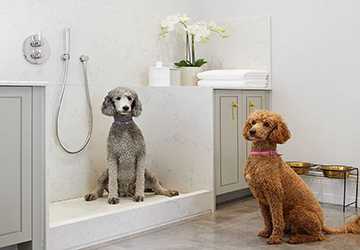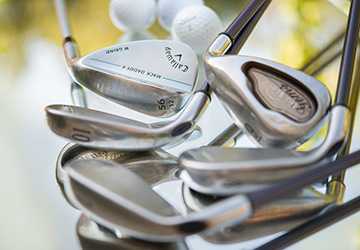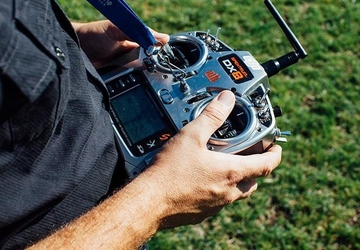Starting a new hobby can be both exciting and a bit overwhelming. With the growing popularity of tabletop games and model building, painting miniatures has emerged as a creative and fulfilling pastime. But where do you start? This article aims to provide you with a comprehensive guide on what to buy for miniature painting and how to dive into this intricate world.
The Significance of the Right Tools
First thing's first: you can't paint a masterpiece with inadequate tools. If you are serious about getting started with miniature painting, investing in the right set of tools is non-negotiable. It’s like trying to bake a cake without an oven—possible but not recommended.
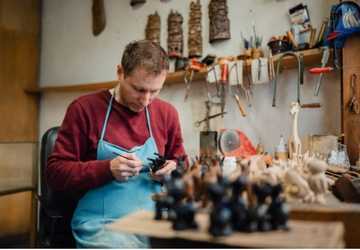
Paints
There are special paints made explicitly for miniatures, and these usually come in small pots or dropper bottles. You'll want to get a variety of colors, including the basics like black, white, red, blue, yellow, and a few metallics. These paints adhere better to the miniature surfaces and provide more vibrant results.
Brushes
When it comes to tools for painting miniatures, brushes are another crucial component. You'll need a range of brushes, from tiny detail brushes to broader ones for large areas. Brushes made of natural hair tend to hold paint better and give smoother strokes.
Palette and Water Cup
A palette allows you to mix your paints and control the consistency. A simple ceramic tile or plastic plate would do the job. You'll also need a cup of water to clean your brushes in between colors.
Workspace
An organized workspace is key when you’re getting started with miniature painting. A clean table, good lighting, and perhaps a magnifying lamp will make your painting sessions more enjoyable and efficient.
How to Begin Your Miniature Painting Journey
So you've gathered all your tools for painting miniatures, but what's next? Knowing what to buy for miniature painting is just the first step; the real fun begins when you start applying paint to miniature.
Priming
Priming creates an adhesive surface for your paints. You can use either a spray primer or a brush-on primer. Black or white is usually a good starting point, although gray can also be a versatile choice.
Basic Painting Techniques
Once primed, you can begin applying base coats. This is where your array of colors comes into play. Start with large areas and work your way to the smaller details. Learning how to dry brush and layer will also significantly improve your skills.
Sealing Your Miniature
After all your hard work, sealing the miniature will protect it. A matte or gloss varnish spray will do the job.
Tips for Improvement and Enjoyment
Getting started with miniature painting doesn’t have to be daunting. Take your time and enjoy each step of the process. Don't be afraid to experiment and make mistakes; that's how you learn.
Practice, Practice, Practice
The more you paint, the better you'll get. So keep practicing and don't be too hard on yourself in the beginning.
Join Online Communities
There are numerous online forums and social media groups focused on tools for painting miniatures and techniques. Joining these communities can provide you with valuable tips, constructive criticism, and plenty of inspiration.
Don’t Rush
Miniature painting is a hobby best enjoyed without haste. Take your time, pay attention to details, and relish the creative journey.
The Importance of Ergonomics
When diving deeper into the realm of miniature painting, one aspect often overlooked is ergonomics. How you sit and hold your tools can greatly impact your painting experience. Make sure you have a comfortable chair and are seated at the correct height relative to your painting surface. An ergonomic setup can make those lengthy painting sessions more enjoyable and less strenuous on your body.
Additional Tools You Might Overlook
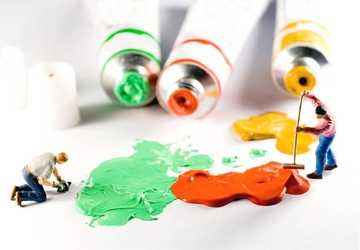
There are some supplementary tools for painting miniatures that might not come to mind immediately but can make your life a lot easier.
Tweezers
You'll often find yourself needing to hold or place very small components. A pair of tweezers can be a lifesaver in these instances.
Wet Palette
A wet palette is a specific type of palette that keeps your paints moist for a longer period. This is incredibly useful if you're working on intricate details and need your paints to remain workable.
Masking Tape
When you need to create sharp lines or block off areas, masking tape can be very useful. This is especially true for designs that require geometric precision.
The Role of Observation and Inspiration
You can learn a lot by observing others, whether it’s through online tutorials, attending workshops, or even watching your friends. Seeing how different people approach what to buy for miniature painting or which tools for painting miniatures they prefer can provide you with new perspectives and techniques that you hadn’t considered.
Explore Various Styles and Genres
Don’t confine yourself to one style or type of miniature. There are various genres to explore—from fantasy and science fiction to historical and modern-day scenarios. Dabbling in different styles can broaden your skill set and keep your hobby fresh and exciting.
Breaks and Patience
As much as you might be consumed with the eagerness to complete a project, taking breaks is essential. Rushing often leads to mistakes and oversight. Painting miniatures is a hobby that demands patience and a keen eye for detail.
Your Miniature Painting Journey is Personal
Remember, there no one right way to go about getting started with miniature painting. Some might spend hours researching what to buy for miniature painting, while others might dive right in with a basic set of tools for painting miniatures. The key is to find what works best for you and to enjoy the process.
Conclusion
Whether you are a beginner just getting started with miniature painting or someone looking to upgrade your tools for painting miniatures, knowing what to buy for miniature painting is crucial. By investing in the right tools and following these tips, you'll be well on your way to creating miniature masterpieces.


